Idrw Team
SOURCE: IDRW.ORG.

High Commissioner of India to Malaysia, H.E. Shri B N Reddy, inaugurated the BrahMos Pavilion on the opening day of DSA & NATSEC Asia, in the presence of Addl. Secretary, Defence Production India Shri T. Natarajan. The event showcased India’s defense exports and provided a platform for potential collaborations.
The BrahMos Corporation, a joint venture between India and Russia, was a key highlight at the event. They offered their BrahMos-A air launched cruise missile for integration with the Royal Malaysian Air Force’s Su-30MKM fighter jets. Additionally, the BrahMos ship-launched variant was also presented as an option for Malaysia’s naval defense.
Continue readingSOURCE: IDRW.ORG.

Yantra India Limited (YIL), through its Ordnance Factory Ambajha (OFAJ) facility, has achieved a significant milestone by dispatching the first consignment of an export order for 155mm M 107 shells. This accomplishment marks a promising start for the new financial year and propels OFAJ towards a foothold in the global defense market.
The successful dispatch is attributed to the visionary leadership of Executive Director/OFAJ, Shri Anjan K. Mishra. This export order represents a major step forward for YIL, one of India’s crucial Ordnance Factories. The entire team at OFAJ takes immense pride in this achievement.
Continue readingSOURCE: IDRW.ORG TEAM.
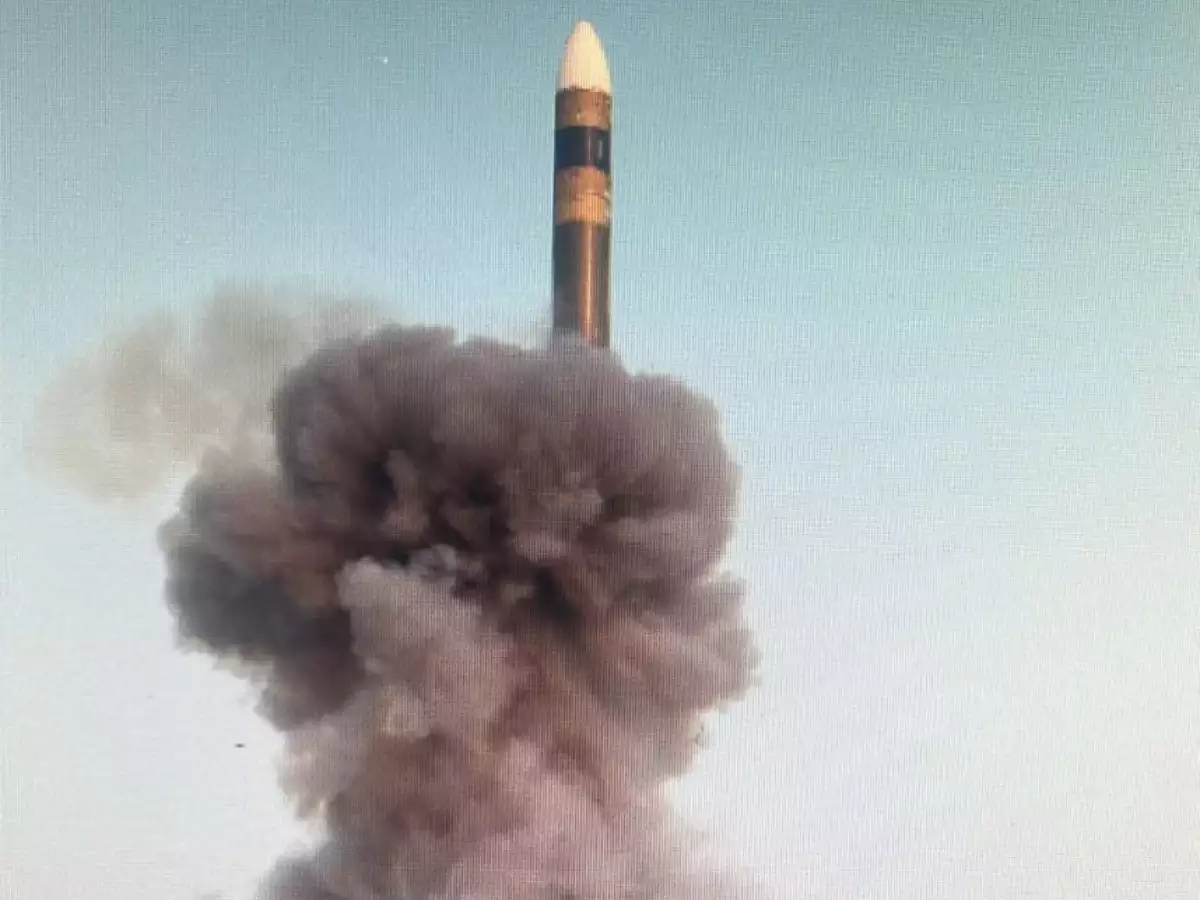
A curious pattern has emerged: Chinese spy vessels conveniently appear in the Indian Ocean Region (IOR) whenever India issues a Notice to Airmen (NOTAM) for a missile test. According to top officials in the Defence Research and Development Organisation (DRDO) speaking to idrw.org, this heightened Chinese interest stems from India’s unique missile technology, particularly its manoeuvrable trajectories and multiple, field-interchangeable warheads.
Indian missiles stand out for their unpredictable flight paths. This capability, achieved through pitch manoeuvres, makes them difficult to track and intercept by enemy (air defense) systems. Additionally, Indian missiles boast the capability to carry multiple warheads, which can be swapped out in the field depending on the mission requirements. This versatility adds another layer of strategic advantage.
Continue readingSOURCE: IDRW.ORG.

The Indian Coast Guard (ICG) signed a contract with Armoured Vehicles Nigam Limited (AVNL) today for the procurement of ten 30 mm CRN-91 naval guns along with associated Standard Operating Procedures (SOPs).
The CRN-91 gun is an indigenously developed weapon manufactured by Ordnance Factory Medak. It’s already in service with the ICG, proving its effectiveness in the country’s maritime defense strategy.
Continue readingSOURCE: IDRW.ORG.

In a recent interview with Bharat Shakti Editor-in-Chief Nitin A. Gokhale, Commodore A. Madhavarao (Retd.), Chairman and Managing Director of Bharat Dynamics Limited (BDL), shed light on India’s advancements in ballistic missile defense. The focus of the discussion was the Prithvi Defence Vehicle (PDV), an anti-ballistic missile designed to eliminate incoming threats in the exo-atmosphere.
The PDV is a two-stage, solid-fueled interceptor missile manufactured by BDL. This formidable weapon operates at an altitude range of 50 kilometers to 180 kilometers, targeting ballistic missiles within the exo-atmosphere. A key feature of the PDV is its DRDO-developed Imaging Infrared (IIR) seeker. This technology enables the PDV to differentiate between actual warheads and potential decoys, ensuring precise targeting.
Continue readingSOURCE: IDRW.ORG.
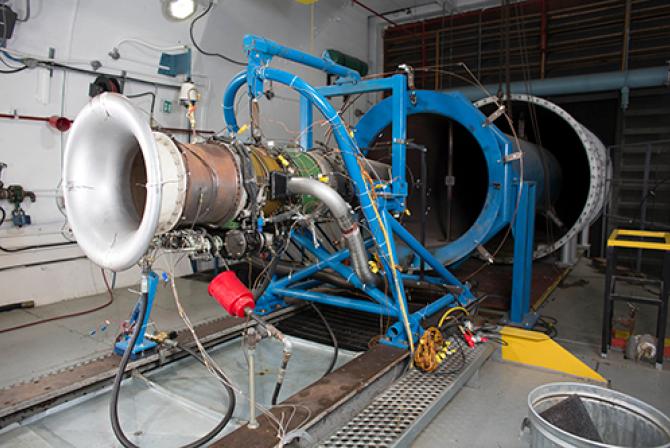
Bengaluru-based deep-tech startup Nabhdrishti Aerospace, a pioneer in indigenous gas turbine engine development, has secured a funding of Rs 3 crore from IIMA Ventures. This investment will fuel the development of a fuel flex combustor prototype through rigorous testing of the fuel injector and combustor components.
Nabhdrishti Aerospace specializes in Small Gas Turbines designed for various applications, including hybrid-electric Urban Air Mobility (UAM) vehicles, unmanned aerial vehicles (UAVs), cruise missiles, and decentralized power generation. This technology holds promise for revolutionizing the aerospace industry and enabling a cleaner future.
Continue readingSOURCE: IDRW.ORG

The Ordnance Equipment Factory Hazratpur (OEF Hazratpur) has announced the successful deployment of its high-altitude logistics drone, “AIRAWAT,” in the majestic Himalayas. This marks a revolutionary step forward in logistical operations within the challenging Himalayan region.
AIRAWAT is equipped with cutting-edge technology, including sophisticated navigation systems and a robust payload capacity. These features allow it to navigate the treacherous Himalayan terrain with ease. During its trials, the drone successfully reached a flight altitude of 5,000 meters near the Indo-China border, demonstrating its ability to operate in harsh weather conditions and showcasing its exceptional ruggedness and reliability.
Continue readingSOURCE: IDRW.ORG.
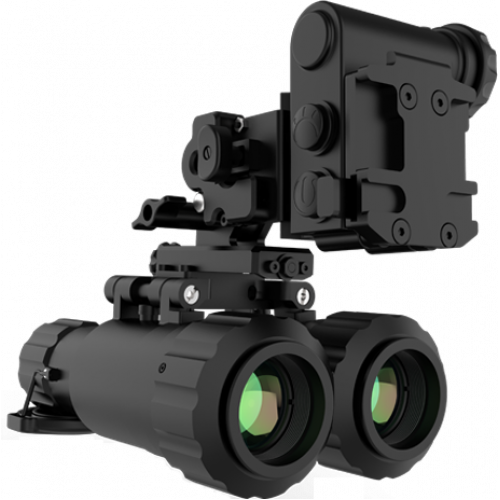
The Indian Air Force (IAF) is set to procure around 200 advanced night vision goggles (NVGs) to improve the operational capability of its Mi-17V5 and Dhruv helicopter fleets. These NVGs, specifically the Netro NB-3101 developed by MKU, will provide pilots with superior night vision capabilities for flying and maneuvering during low-light conditions.
The Netro NB-3101 utilizes advanced optics and a Gen III Image Intensifier sensor to deliver high-resolution, stereoscopic vision. This allows pilots to navigate effectively at night and in low-visibility environments. The system is also rugged, waterproof, and compliant with MIL-STD-810G standards, ensuring durability in tough operating conditions.
Continue readingSOURCE: IDRW.ORG

On the sidelines of the 7th Joint Defence Cooperation Committee (JDCC) meeting currently underway in New Delhi, Air Marshal (Retd.) Donny Ermawan Taufanto, Secretary General of the Ministry of Defence (Kemhan RI) for the Republic of Indonesia, met with AD Rane, the CEO & Managing Director of BrahMos Aerospace. The discussions focused on exploring future avenues for defence collaboration between India and Indonesia.
The JDCC meeting, co-chaired by Defence Secretary Shri Giridhar Aramane from India and Air Marshal Taufanto, signifies the growing importance of defence relations between the two strategic partners. India and Indonesia have been engaged in discussions regarding the potential sale of BrahMos supersonic cruise missiles for some time now. This meeting comes as another indicator of progress on that front.
Continue readingSOURCE: IDRW.ORG.

India has issued a Notice to Air Missions (NOTAM) announcing a missile test scheduled between May 20th and May 31st, 2024. The designated airspace for the test encompasses a radius of 320 kilometers, but the specific type of missile being tested remains unknown.
The NOTAM serves as an official notification to pilots and aircrews, informing them of the designated airspace that will be restricted during the missile test. This ensures flight safety and prevents any potential conflicts during the launch.
Continue readingSOURCE: IDRW.ORG.

Recent sightings of Russian-made Ural 4320-3 command vehicles being transported in India have ignited a flurry of speculation regarding their intended use. The presence of these vehicles has left many wondering whether they are undergoing trials for potential induction into the Indian Army or are simply here for homologation by a Russian firm.
The sighting is particularly intriguing because the Ural 4320-3 utilizes the same Ural-532301 platform as the 55K6E command and control center vehicles that are part of the S-400 air defense system recently acquired by the Indian Air Force (IAF). This similarity in chassis sparks the question of whether the Ural 4320-3 could be fulfilling a similar command and control function within the Indian military.
Continue readingSOURCE: IDRW.ORG
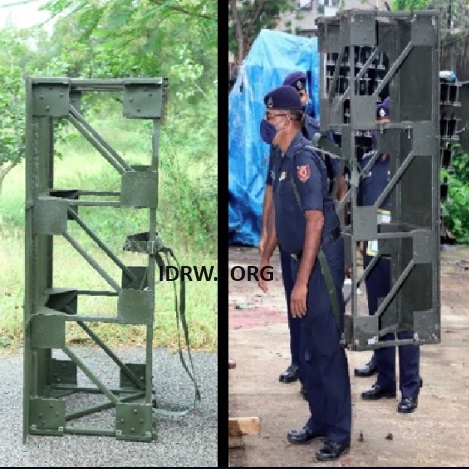
Garden Reach Shipbuilders & Engineers Ltd (GRSE), a leading Indian shipyard, has secured a groundbreaking patent for its “Man-Portable Assault Bridge.” This invention marks a significant advancement in military engineering and promises to enhance the tactical capabilities of armed forces.
The patent underscores the remarkable efforts of GRSE’s Engineering Division. The Man-Portable Assault Bridge is a unique concept designed to address critical mobility challenges encountered during military operations. Its portability allows for effortless transportation by soldiers, enabling rapid bridge deployment across uneven terrain or obstacles like gaps and ditches. This significantly improves troop maneuverability and tactical responsiveness in dynamic situations.
Continue readingSOURCE: IDRW.ORG.

In a recent interview with Bharat Shakti Editor-in-Chief Nitin A. Gokhale, Commodore (Retd.) A. Madhavarao, Chairman and Managing Director of BDL, confirmed the successful delivery of all Varunastra torpedoes ordered by the Indian Navy.
The initial order of 73 Varunastra torpedoes, placed in 2016, has been completed. Additionally, a subsequent order for 63 units, made in 2018, has also been delivered in full. With these deliveries complete, BDL is now reportedly looking to explore export opportunities for the Varunastra.
Continue readingSOURCE: IDRW.ORG
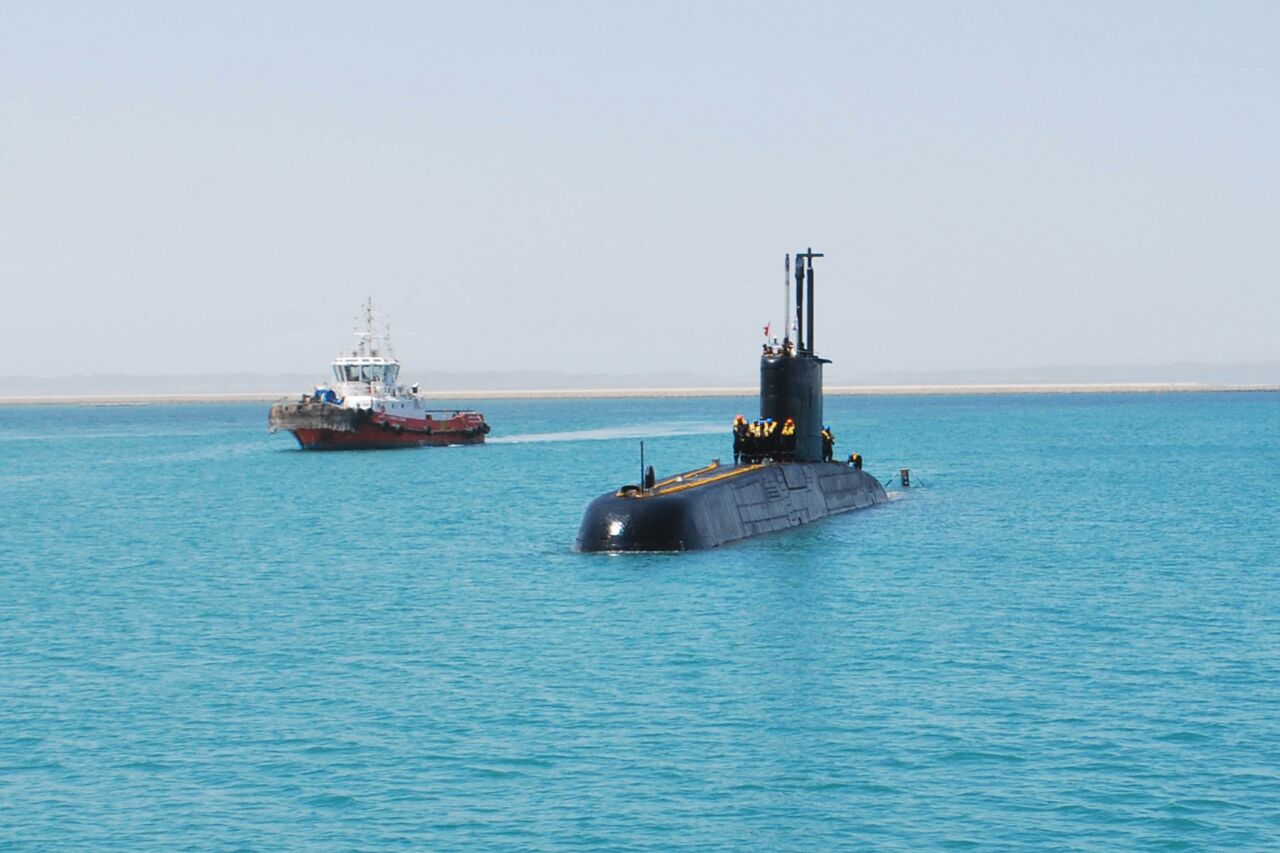
In the annals of India’s defense procurement history, the HDW submarine deal of the 1980s remains a poignant chapter, marked by both aspirations of technological advancement and the stark realities of corruption. The repercussions of this ill-fated deal continue to reverberate within India’s defense establishment, particularly in the realm of submarine manufacturing technology.
The genesis of India’s submarine saga dates back to the commissioning of the INS Shishumar in 1986, the first of four Type 209/1500 submarines procured from German shipbuilder HDW. These submarines, hailed for their advanced capabilities and robust design, were poised to bolster India’s naval prowess and usher in a new era of indigenization in submarine construction.
Continue readingSOURCE: IDRW.ORG.

India’s air defense systems require a constant state of readiness to tackle evolving threats. One crucial element in this equation is the use of jet-powered target drones, which simulate real-world missile attacks during training exercises. However, India’s current arsenal faces limitations, prompting efforts to develop and acquire more advanced solutions.
Traditionally, India relied heavily on QinetiQ, a British defense company, to supply high-speed target drones. While these drones served their purpose, they weren’t without drawbacks.
Continue reading